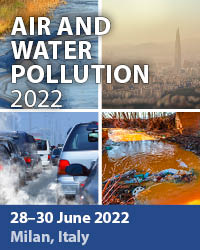Guidelines For The Choosing Of River Interventions Considering Environmental, Archaeological And Landscaping Constraints
Price
Free (open access)
Transaction
Volume
104
Pages
7
Published
2007
Size
242 kb
Paper DOI
10.2495/RM070111
Copyright
WIT Press
Author(s)
L. de Santoli, A. Monaco & F. Cinquepalmi
Abstract
Bioengineering techniques can be used to treat erosion of riverbanks, for the recovery of degraded riparian areas providing appropriate vegetation, as well as for allowing natural processes to provide a sustainable vegetation cover on the treated sites of a river. The project’s primary focus includes the elaboration of a guidelines manual for the planning of flood defence management and environmental or landscaping redevelopment interventions, using bioengineering techniques. The innovative aspect of this paper is that it offers different technical solutions according to the environmental, archaeological and landscaping constraints of an area. All the interventions are explained in a descriptive manual that analyses every kind of fluvial problem grouped together in technical data sheets that include description, suitable applications, materials, limitations, costs and impact level of each considered intervention. In addition, a diagram has been drawn up to make the choice of the best technique to use according to the present constraints easier. The manual, the data sheets and the diagram are correlated by means of specific cross-references in order to provide unambiguous information for the planning of interventions. The result is a useful instrument for the management of river basin interventions. By foreseeing more complex outlooks it offers a methodology that is applicable to different contexts. Keywords: bioengineering, environmental constraint, archaeological constraint, landscaping constraint, river basin, flood defence, environmental redevelopment.
Keywords
bioengineering, environmental constraint, archaeological constraint, landscaping constraint, river basin, flood defence, environmental redevelopment.





